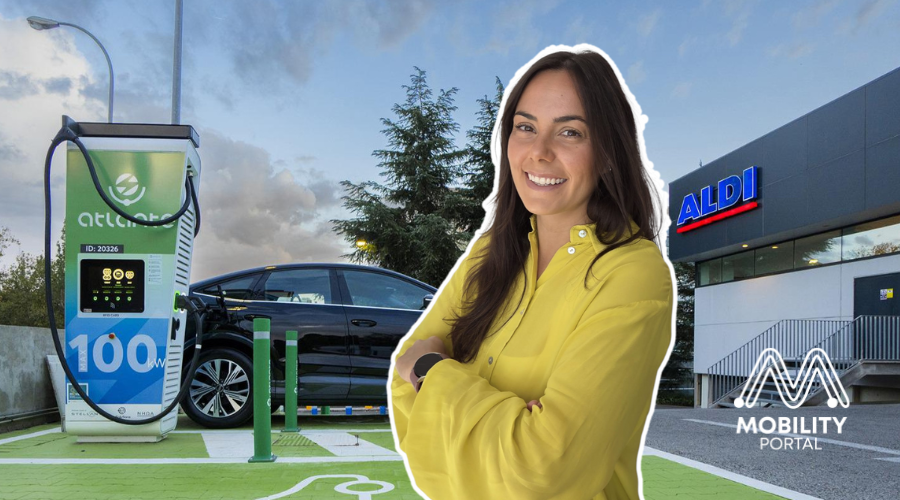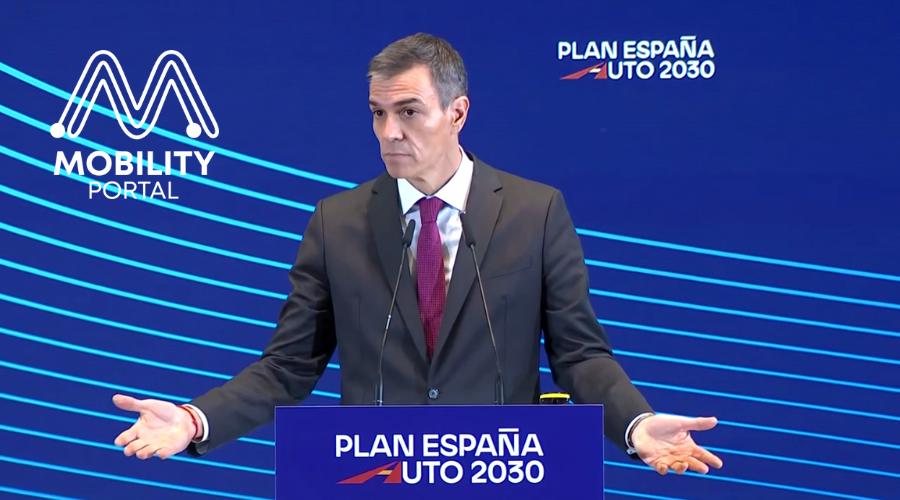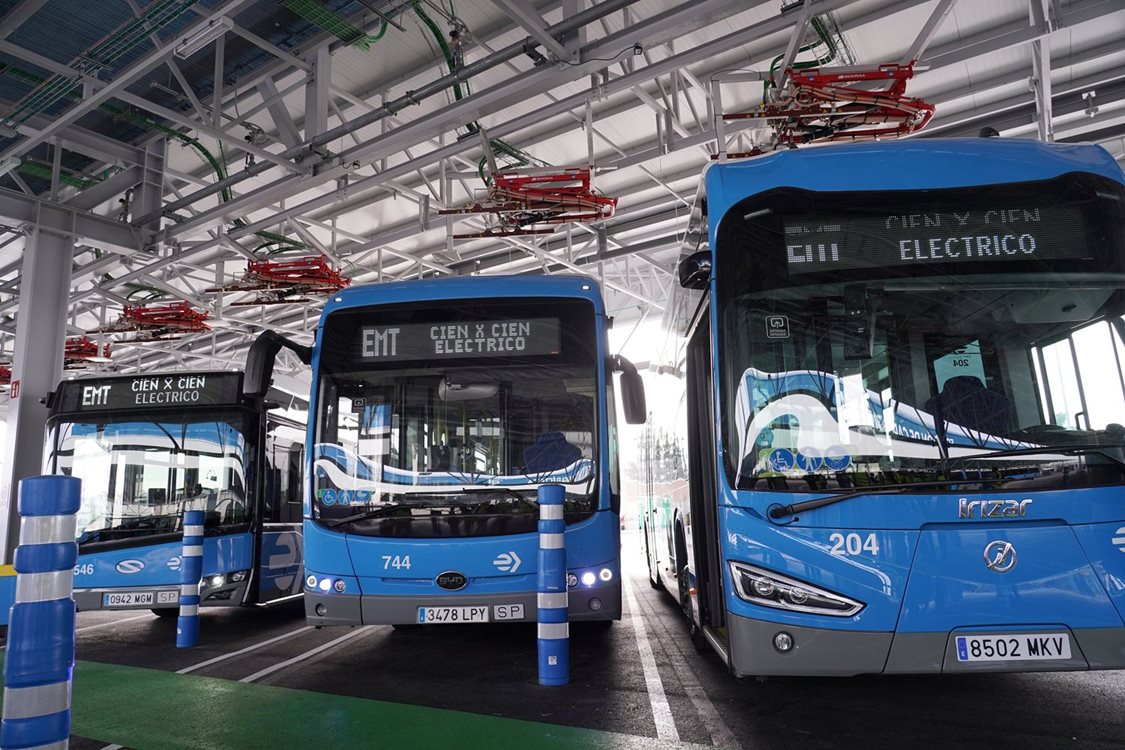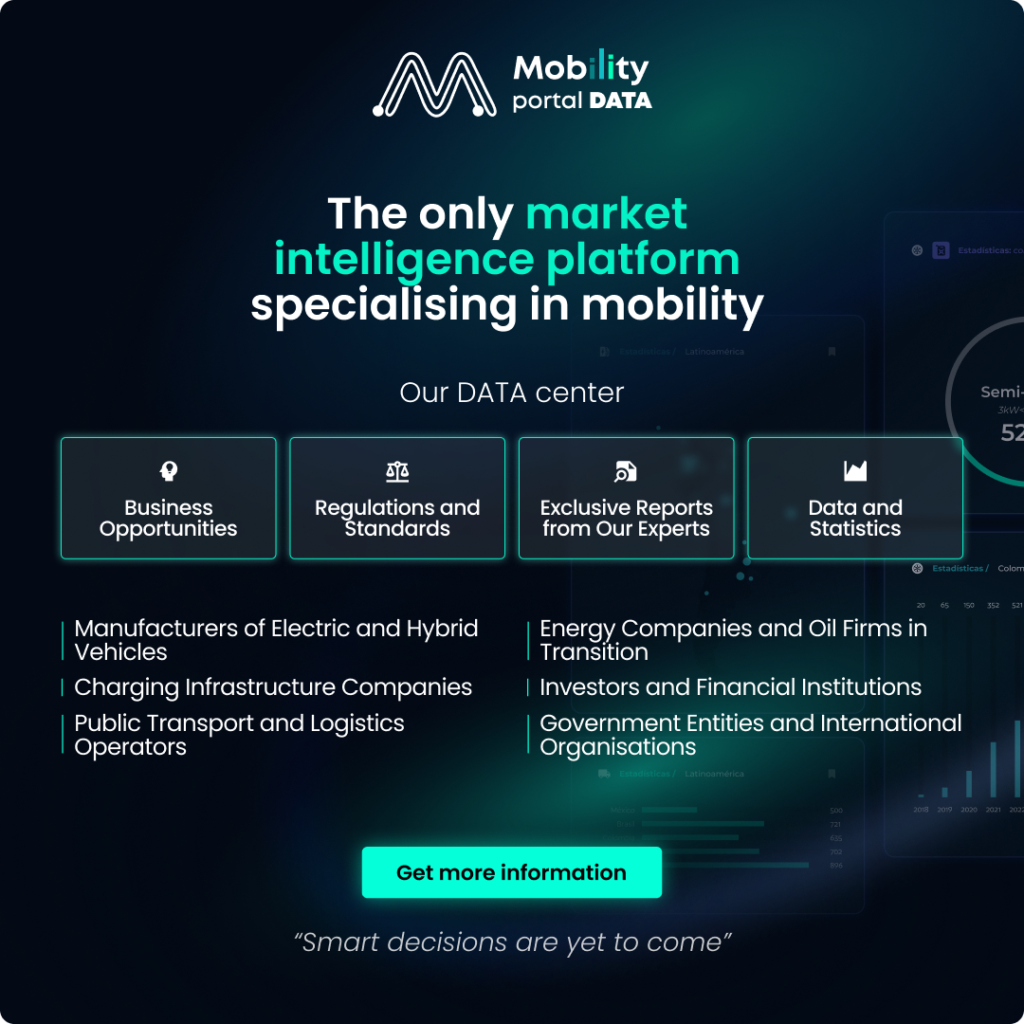With more than 180,000 public charging points, the Netherlands possesses one of the most advanced networks to meet the demand for electric vehicles.
Within this framework, it faces bottlenecks in its electrical grid.
Transdev Nederland acknowledges to Mobility Portal Europe that this situation is already impacting certain daily operations:

“Securing energy to charge electric vehicles (EVs) is becoming an increasingly significant issue in the Dutch market.”
For this reason, its charging strategy for the eBuses in its fleet depends on the availability of supply, although the majority of charging takes place overnight.
This surge in electricity demand coincides with a warning that the Dutch Government has already made public: the grid is reaching a critical saturation point.
As an immediate measure, for example, the regional grid operator Stedin proposed the temporary disconnection of public charging points between 16:00 and 21:00 to free up capacity.
This initiative would allow energy to be redirected towards other necessities, such as the connection of new residential properties.
What solutions does the sector propose?
One of the most extensively explored responses in the Dutch market is smart charging, a strategy that Vattenfall is implementing in collaboration with local grid operators.
The company operates with an grid-aware charging, where the process is adjusted according to the available capacity at any given time.
“We manage charging based on the available space in the local grid, which enables us to shift part or all of the load to times of the day when the electrical network is less congested,” the energy provider explains to Mobility Portal Europe.
Beyond mitigating the risks of system overload, intelligent charging also delivers economic advantages.
“We apply this model to maintain low electricity costs by shifting demand to periods when electricity is relatively inexpensive,” they affirm.
Vattenfall also promotes a tiered pricing system that rewards users who adapt their charging behaviour to the needs of the grid.
Another solution is to re-educate users regarding their “refuelling“ habits.
According to data cited by an expert consulted by Mobility Portal Europe, between 17:00 and 20:00, when demand peaks and prices are at their highest, vehicles remain parked for several hours.
However, they consume energy precisely at the moment when the grid is under the greatest strain.
For this reason, the introduction of pricing incentives is being considered to encourage charging during more suitable times, such as overnight or during periods of greater solar or wind power generation.
Specific measures are already being implemented in Amsterdam.
Charging stations now operate with flexible charging speeds, meaning that power output is adjusted according to the number of connected EVs and the availability of energy.
Thus, if the grid is saturated, the energy flow to vehicles is temporarily reduced to prevent overloads.
Congestion not only compromises the efficiency of the system but also hampers future expansion.
Specialists warn that there are already areas where new electrical connections cannot be established.
To avoid impeding growth, they propose leveraging underutilised infrastructure, such as the local railway system, whose residual capacity could be allocated to supply charging stations for eBuses.
Another alternative to facilitate the transition is to integrate charging infrastructure with battery storage systems and renewable energy generation, helping to alleviate pressure in areas where the electrical grid has limitations.
This measure would support the achievement of national projections, which anticipate reaching 1.7 million charging points and more than 1.9 million EVs by 2030.
Can V2G resolve this challenge?
In this context, the development of bidirectional technologies such as Vehicle-to-Grid (V2G) is gaining significance.
EVs, which already function as batteries on wheels, will in the future not only charge during peaks in renewable generation but also return energy to the grid during periods of high demand.
“Electric cars can support the grid by charging on sunny days,” Vattenfall explains, adding that they are already working on the deployment of V2G.
In this way, EVs become a dynamic energy resource.
“EVs are, in fact, batteries on wheels,” they emphasise.
This concept gains relevance in a country with one of the highest rates of solar panels per capita in the world and ambitious offshore wind energy projects in the North Sea.
If projections are met, over 80 per cent of the Netherlands’ energy will be renewable this year.
However, without efficient storage, this energy may not be available when it is most needed.
In this context, the bidirectionality offered by V2G emerges as a crucial component.
READ MORE
-
Atlante y su “modelo híbrido”: generación, almacenamiento y recarga ultrarrápida para un sistema más resiliente
Atlante acelera su despliegue en España y en diálogo con Mobility portal, Inés Mackey, Chief of Staff de Atlante Iberia define las prioridades de la empresa y su apuesta por la interoperabilidad de la mano de Charge League.
-
Spain Auto 2030: a point-by-point look at the plan set to redefine the eMobility landscape
Spain has entered a new phase in its industrial strategy for electric mobility. The Government has unveiled Spain Auto 2030, a roadmap designed to mobilise €30 billion over the next five years, reshaping the centre of gravity of the electric vehicle market through fresh incentives, a centralised management model, targeted investment in charging infrastructure and…
-
EMT Madrid licita 120 nuevos buses eléctricos: inversión de 79,35 millones y entregas entre 2026-2027
Con esta incorporación, Madrid refuerza su estrategia de descarbonización y consolida una de las flotas eléctricas urbanas más grandes de Europa.











